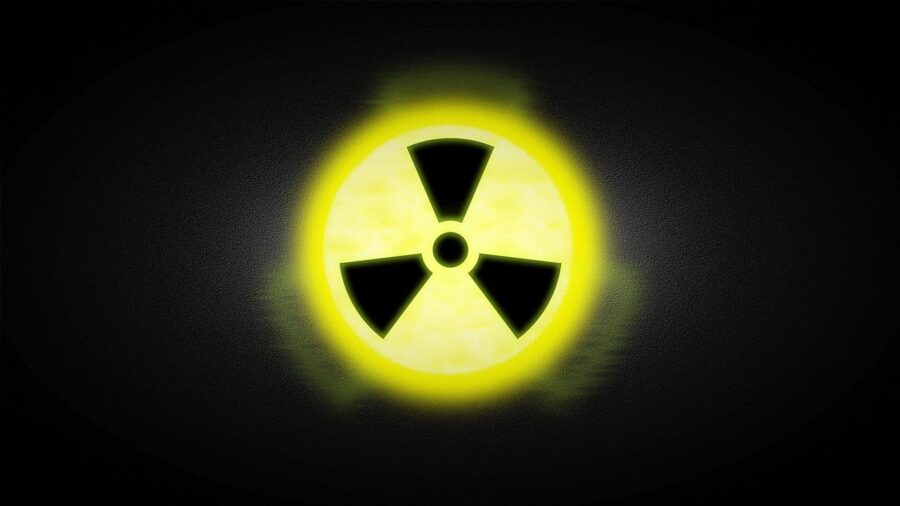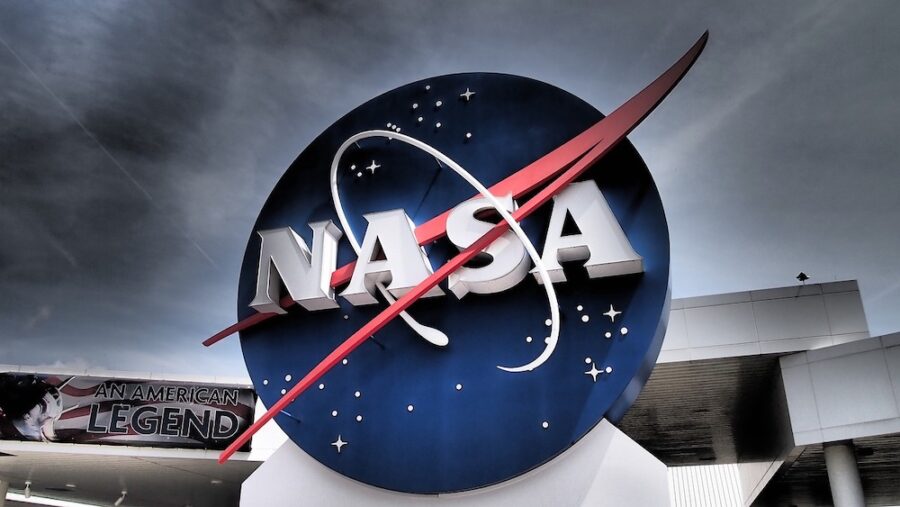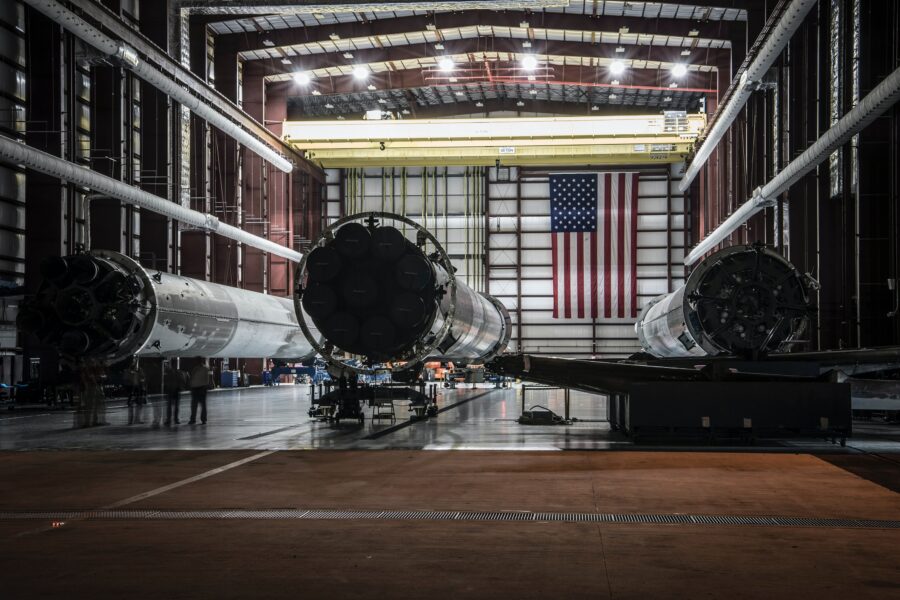Nuclear Spaceship Being Developed Thanks To US Military

Aerospace technology corporation Lockheed Martin has been granted a $33.7 million contract by the U.S. Air Force Research Laboratory (AFRL) to spearhead the Joint Emergent Technology Supplying On-Orbit Nuclear (JETSON) effort. The initiative aims to advance nuclear-powered spaceship technology, promising to revolutionize space exploration.
Fission Reactor In Space

According to Space.com, JETSON focuses on maturing high-power nuclear electric power and propulsion technologies, as well as spaceship design.
The primary objective is to deploy a fission reactor in space, leveraging the heat it generates to operate Stirling power converters.
The electricity it produces can be harnessed for payloads or used to propel the spacecraft forward with electric thrusters.
NASA’s KRUSTY

The conceptual foundation of JETSON draws inspiration from NASA’s Kilopower Reactor Using Stirling Technology (KRUSTY) demonstration in 2018.
Lockheed Martin’s Barry Miles, JETSON program manager and principal investigator, emphasized the significance of nuclear fission development for spaceship applications in fundamentally transforming space exploration technologies.
“Nuclear fission development for space applications is key to introducing technologies that could dramatically change how we move and explore in the vastness of space,” Miles said in a statement.
Lockheed Martin In Space

Lockheed Martin’s commitment to space-related technology is evidenced by its approach, covering high-power electrical subsystems, nuclear thermal propulsion, electric propulsion, and fission surface power.
Lockheed Martin is not undertaking the ambitious nuclear spaceship venture alone. The company is collaborating with Space Nuclear Power Corp (SpaceNukes) and BWX Technologies, Inc. (BWXT), known for their expertise in nuclear power and reactor design.
The project is currently in the preliminary design review stage, with the option to progress to the critical design review level.
Other Players In The Nuclear Spaceship

Andy Phelps, CEO of SpaceNukes, expressed optimism about the nuclear spaceship project, stating that a future JETSON flight experiment would shape the landscape of future space force operations.
“A future JETSON flight experiment will enhance maneuver and power capabilities shaping future space force operations,” Phelps said.
Lockheed Martin is not the sole player in the JETSON initiative. Houston-based startup Intuitive Machines received a $9.4 million contract to design a spacecraft concept with a compact radioisotope power system.
Westinghouse Government Services, based in South Carolina, has also been awarded a contract to continue researching high-power nuclear fission systems in spaceships.
Nuclear Thermal Propulsion In Space

Lockheed Martin has collaborated with the government before. In July, NASA and the U.S. military tasked the company with developing and launching a non-nuclear spaceship for the Demonstration Rocket for Agile Cislunar Operations project.
The endeavor served to test nuclear thermal propulsion in space, offering propulsion systems several times more efficient than traditional chemical methods.
Additionally, NASA and its partners have been focused on reducing the risk for nuclear thermal propulsion spaceships, which can provide high thrust and double the propellant efficiency of chemical rockets, making it a realistic option for crewed trips to Mars.
The U.S. is planning to test a spacecraft engine powered by nuclear fission by 2027.
Deep Space Missions

Nuclear propulsion is considered the only practical technology that allows the development of deep-space missions to the outer parts of the solar system.
The nuclear spaceship partnership with Lockheed Martin is part of a long-term NASA effort to find more efficient methods of propelling astronauts into space.
Nuclear submarines, powered by a nuclear reactor, already exist, with advantages over conventional submarines. Nuclear propulsion allows these submarines to operate submerged for extended periods, independent of the need to surface frequently.











